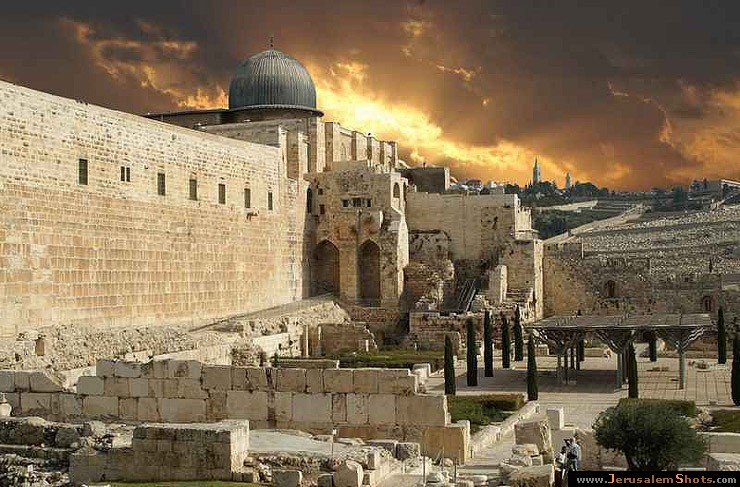
Jerusalem is a holy city to the three major Abrahamic religions—Judaism, Christianity and Islam. In Judaism, Jerusalem has been the holiest city since, according to the Biblical Old Testament, King David of Israel first established it as the capital of the united Kingdom of Israel in c. 1000 BCE, and his son Solomon commissioned the building of the First Temple in the city. In Christianity, Jerusalem has been a holy city since, according to the New Testament, Jesus was crucified in c. 30 CE, and 300 years later Saint Helena identified the pilgrimage sites of Jesus' life. In Sunni Islam, Jerusalem is the third-holiest city. It became the first Qibla, the focal point for Muslim prayer (Salah) in 610 CE, and, according to Islamic tradition, Muhammad made his Night Journey there ten years later. As a result, and despite having an area of only 0.9 square kilometres (0.35 sq mi), the Old City is home to sites of key religious importance, among them the Temple Mount, the Western Wall, the Church of the Holy Sepulchre, the Dome of the Rock and al-Aqsa Mosque.
During its long history, Jerusalem has been destroyed twice, besieged 23 times, attacked 52 times, and captured and recaptured 44 times. The oldest part of the city was settled in the 4th millennium BCE, making Jerusalem one of the oldest cities in the world.The old walled city, a World Heritage site, has been traditionally divided into four quarters, although the names used today—the Armenian, Christian, Jewish, and Muslim Quarters—were introduced in the early 19th century. The Old City was nominated for inclusion on the List of World Heritage in Danger by Jordan in 1982.
Today, the status of Jerusalem remains one of the core issues in the Israeli–Palestinian conflict. During the 1948 Arab-Israeli War, West Jerusalem was among the areas captured and later annexed by Israel, while East Jerusalem was captured by Jordan. Israel captured East Jerusalem during the 1967 Six-Day War and subsequently annexed it. Currently, Israel's Basic Law refers to Jerusalem as the country's "undivided capital". The international community has rejected the annexation as illegal and treats East Jerusalem as Palestinian territory held by Israel under military occupation. The international community does not recognize Jerusalem as Israel's capital, and the city hosts no foreign embassies.
According to Palestinian Central Bureau of Statistics 208,000 Palestinians live in East Jerusalem, which is sought by the Palestinian Authority as a future capital of a future Palestinian state.
All branches of the Israeli government are located in Jerusalem, including the Knesset (Israel's parliament), the residences of the Prime Minister and President, and the Supreme Court. Jerusalem is home to the Hebrew University and to the Israel Museum with its Shrine of the Book. The Jerusalem Biblical Zoo has ranked consistently as Israel's top tourist attraction for Israelis.
A city called Rušalimum or Urušalimum (Foundation of Shalem) appears in ancient Egyptian records as the first two references to Jerusalem, in c. 2000 BCE and c. 1330 BCE respectively. The form Yerushalayim (Jerusalem) first appears in the Bible, in the book of Joshua. This form has the appearance of a portmanteau (blend) of Yireh (an abiding place of the fear and the service of God) and the original root S-L-M and is not a simple phonetic evolution of the form in the Amarna letters. The meaning of the common root S-L-M is unknown but is thought to refer to either "peace" (Salam or Shalom in modern Arabic and Hebrew) or Shalim, the god of dusk in the Canaanite religion.
Typically the ending -im indicates the plural in Hebrew grammar and -ayim the dual, thus leading to the suggestion that the name refers to the fact that the city sits on two hills. However the pronunciation of the last syllable as -ayim appears to be a late development, which had not yet appeared at the time of the Septuagint.
The tradition names the oldest settled neighborhood of Jerusalem, the City of David.[citation needed] "Zion" initially referred to part of the city, but later came to signify the city as a whole and to represent the biblical Land of Israel. In Greek and Latin the city's name was transliterated Hierosolyma (Greek: Ἱεροσόλυμα; in Greek hieròs, ιερός, means holy), although the city was renamed Aelia Capitolina for part of the Roman period of its history. In Arabic, Jerusalem is most commonly known as القُدس, transliterated as al-Quds and meaning "The Holy".


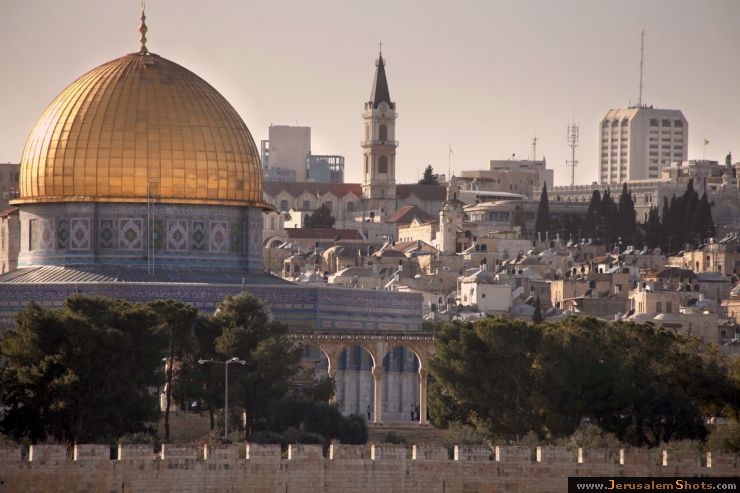

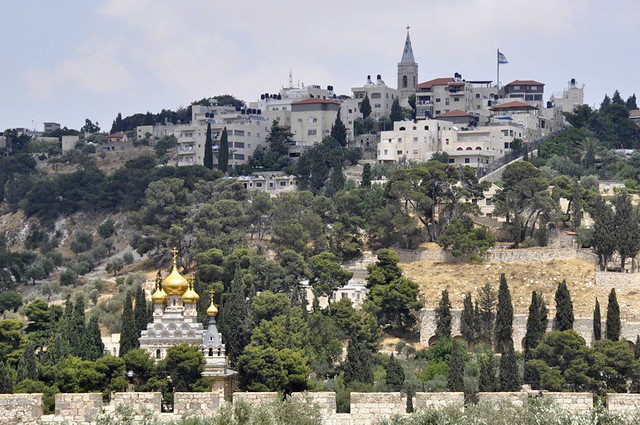
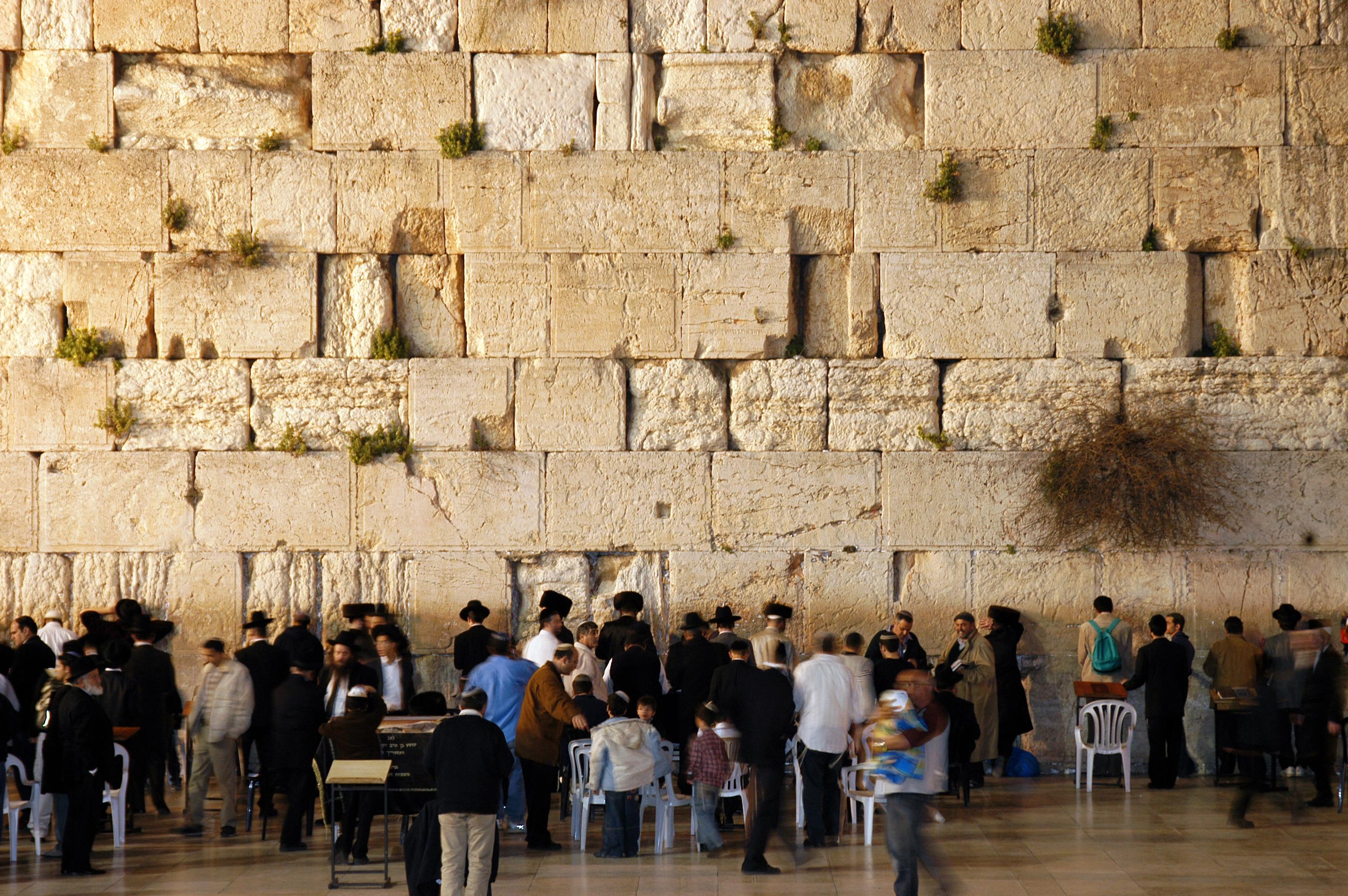
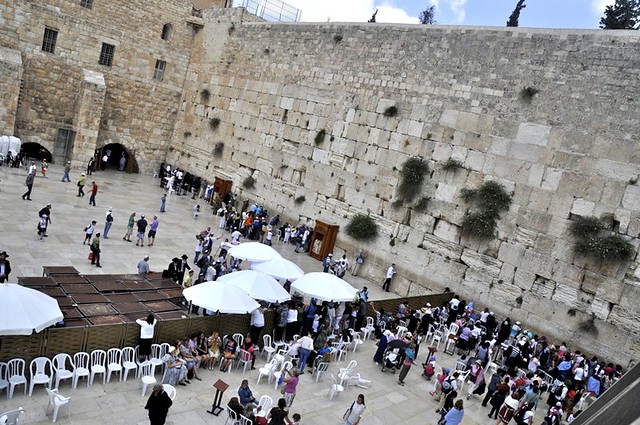
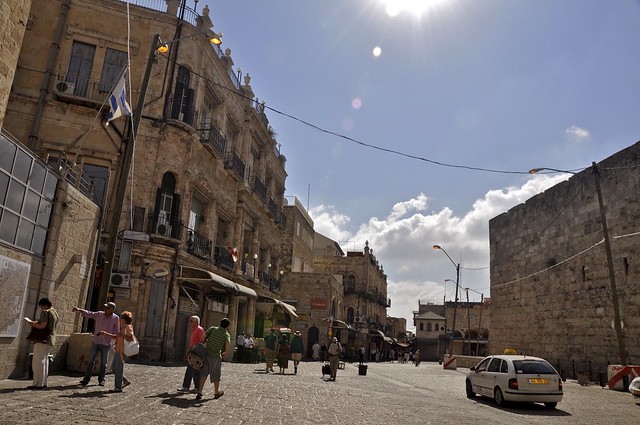
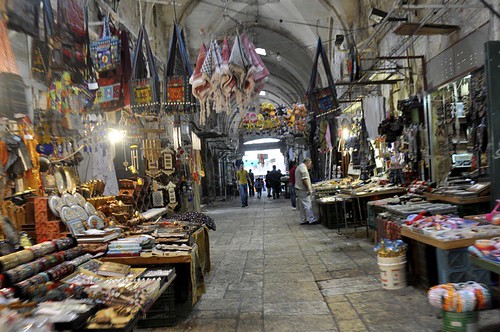
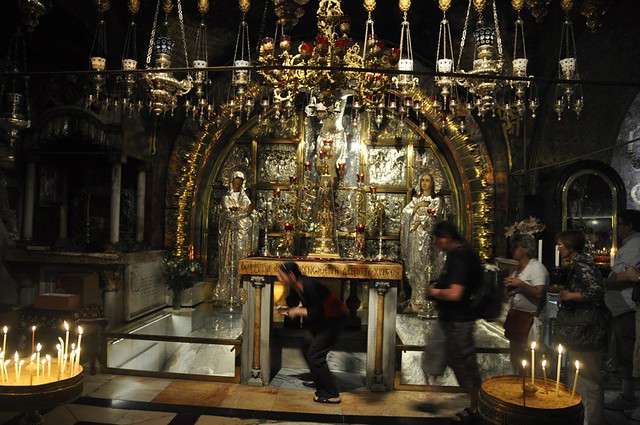
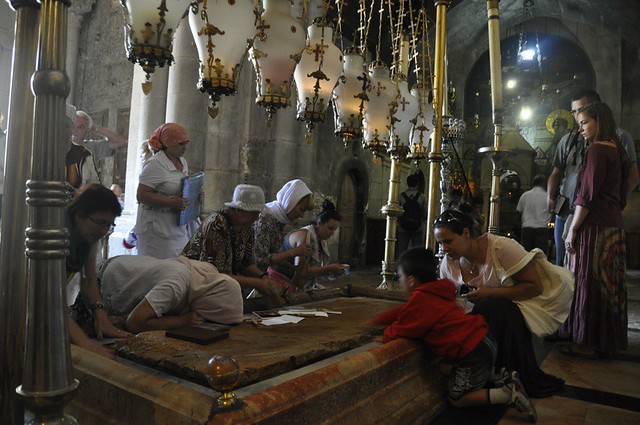
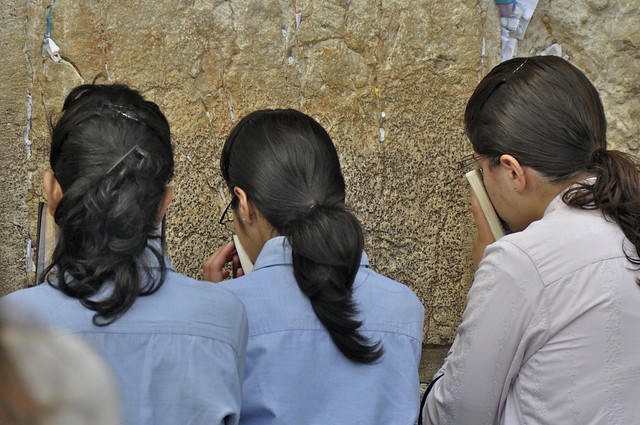
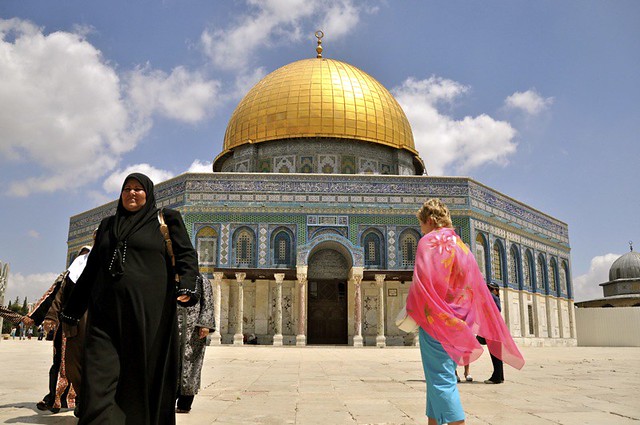

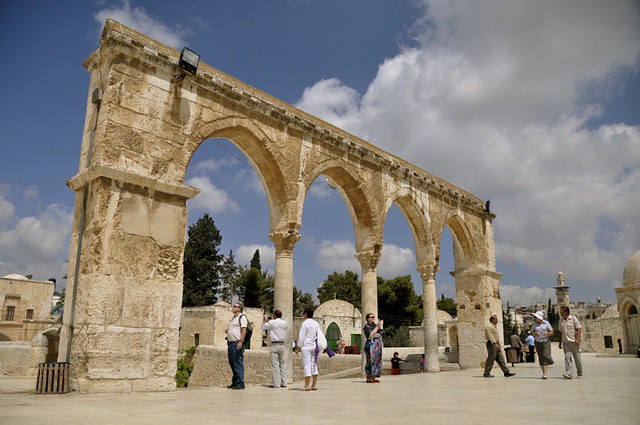
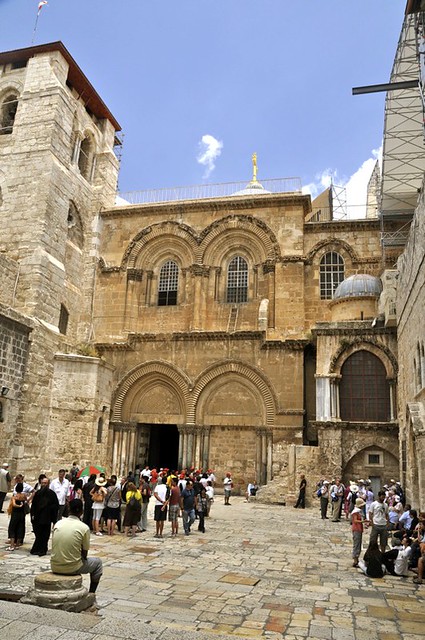
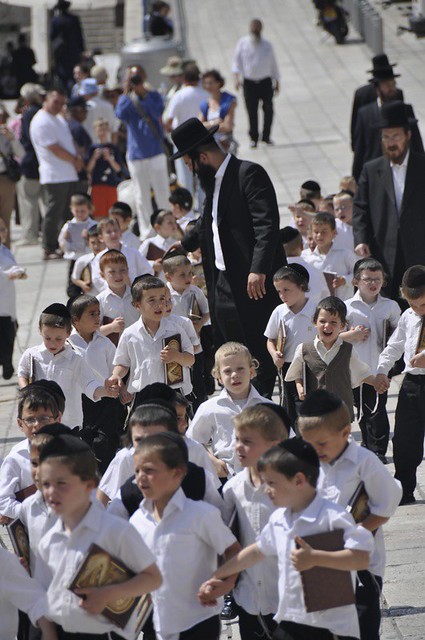






0 comments:
Post a Comment